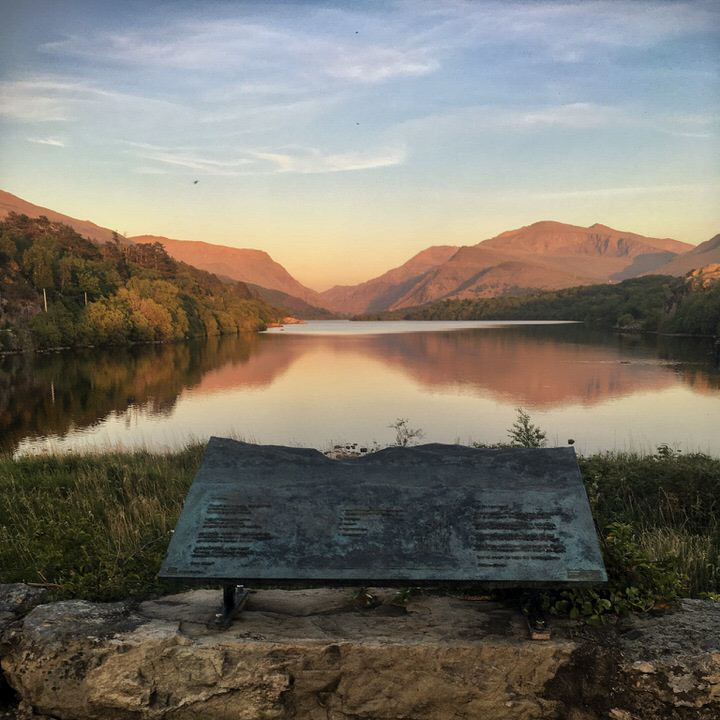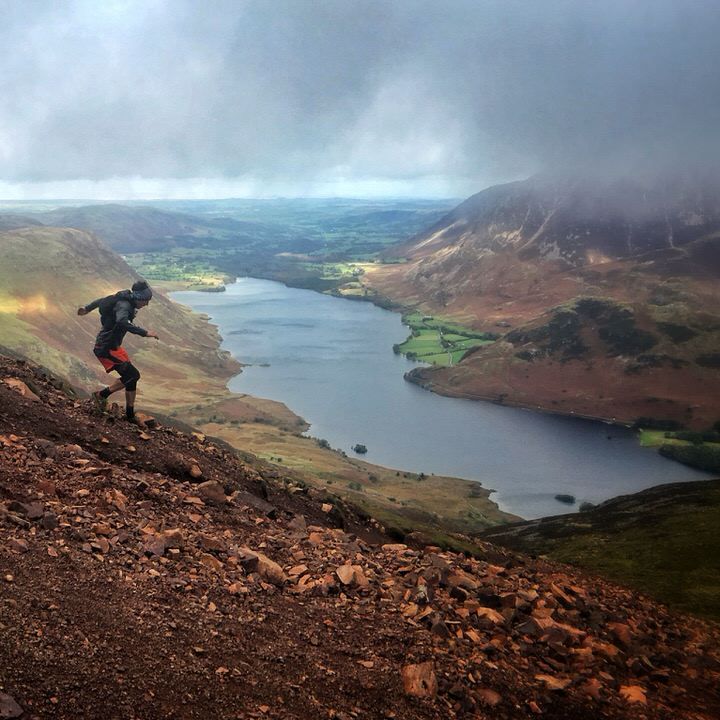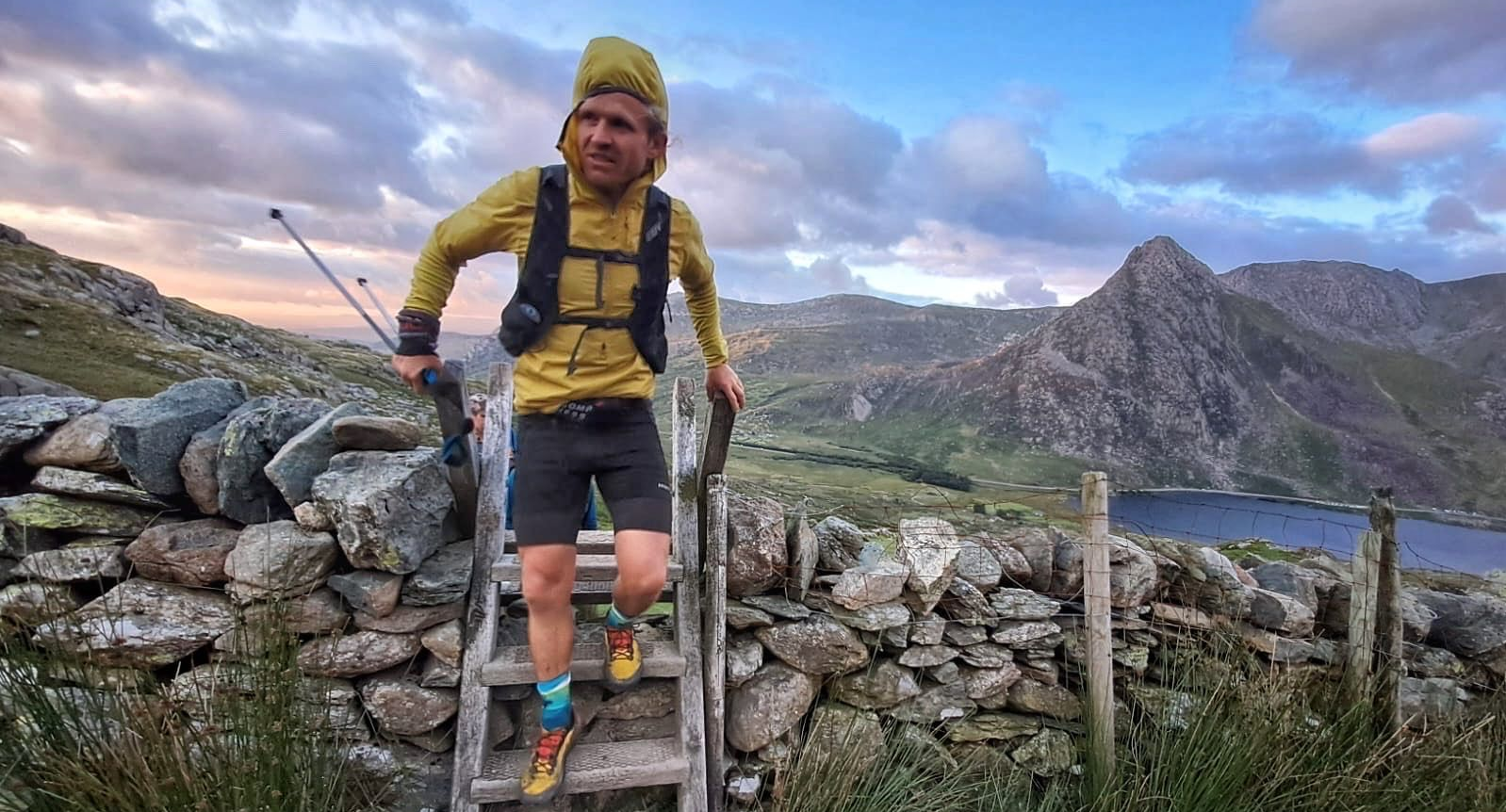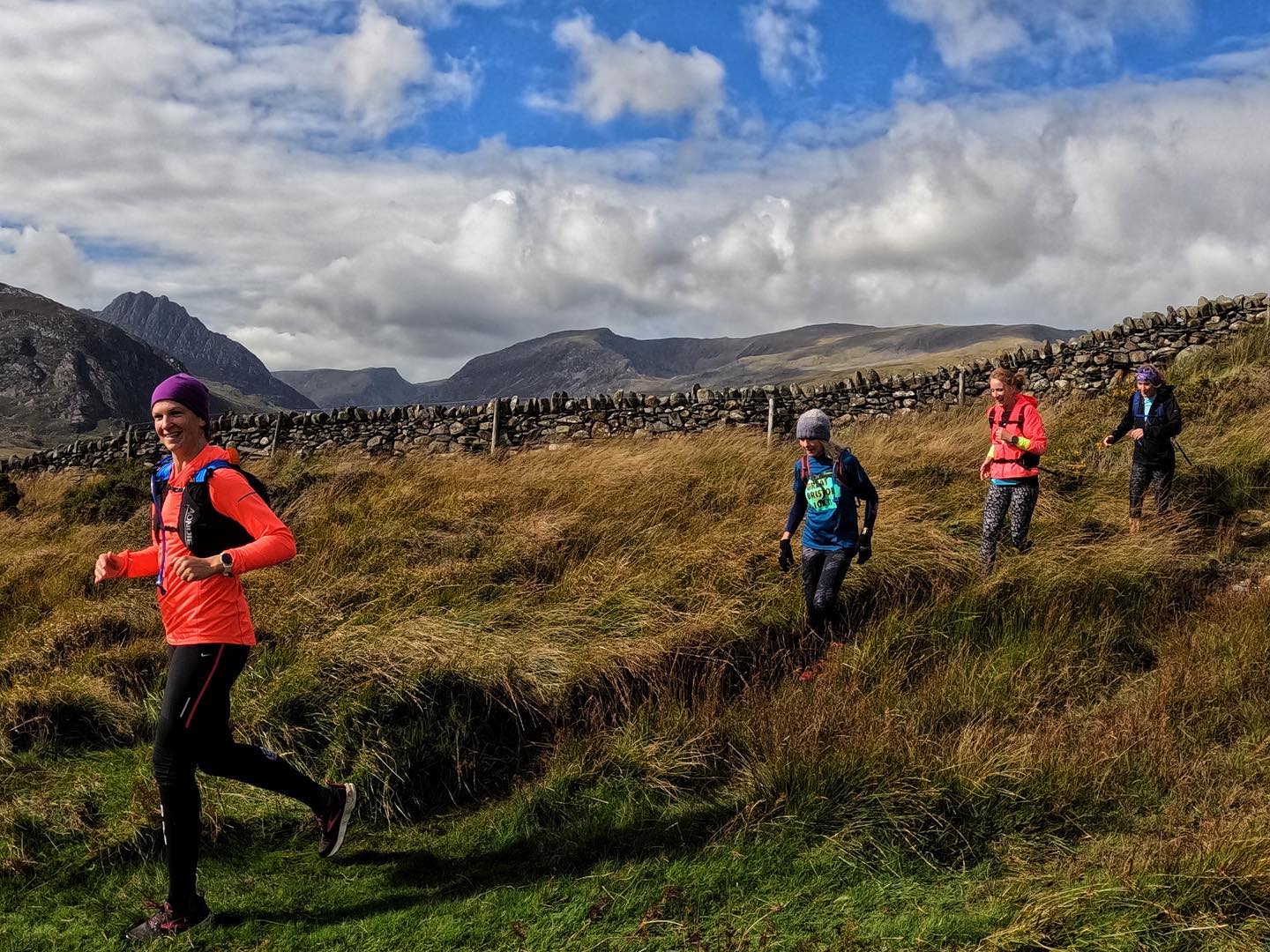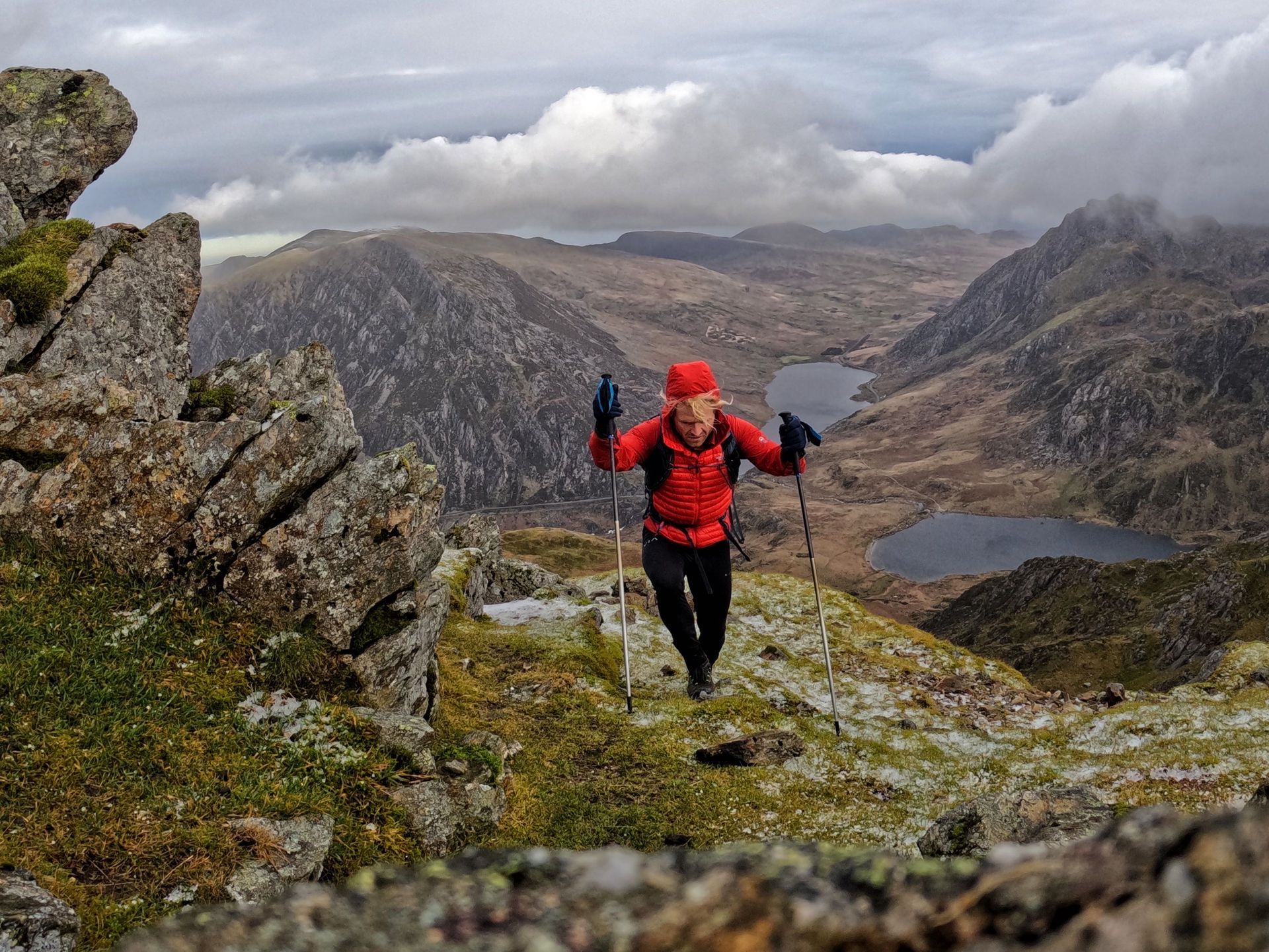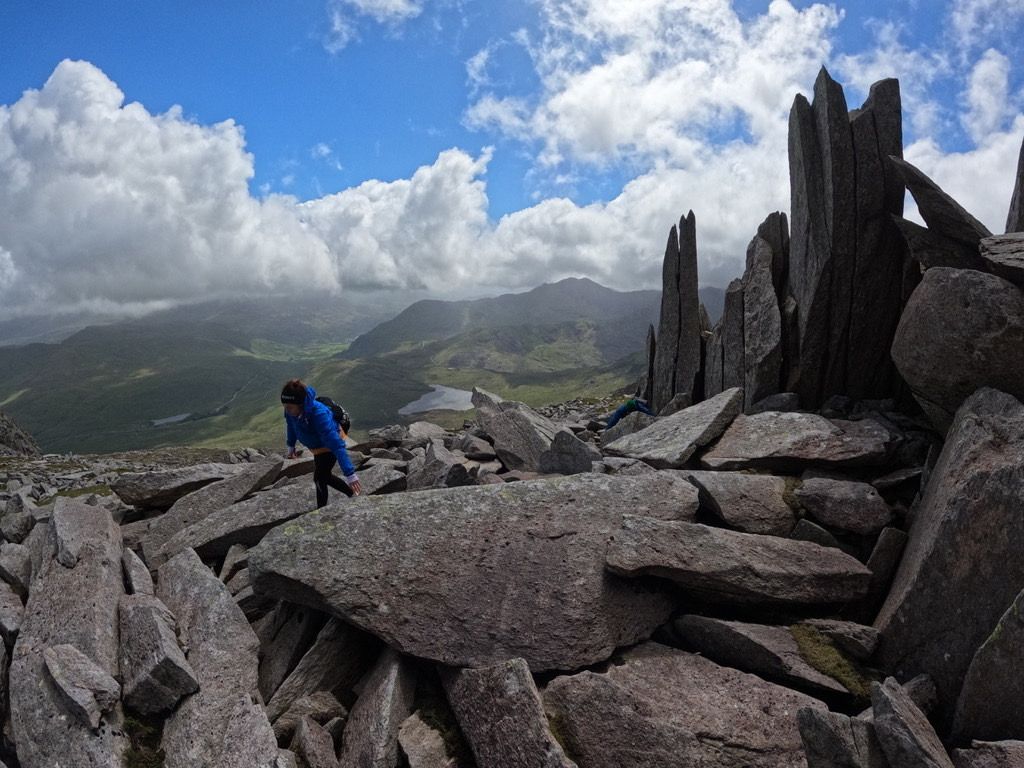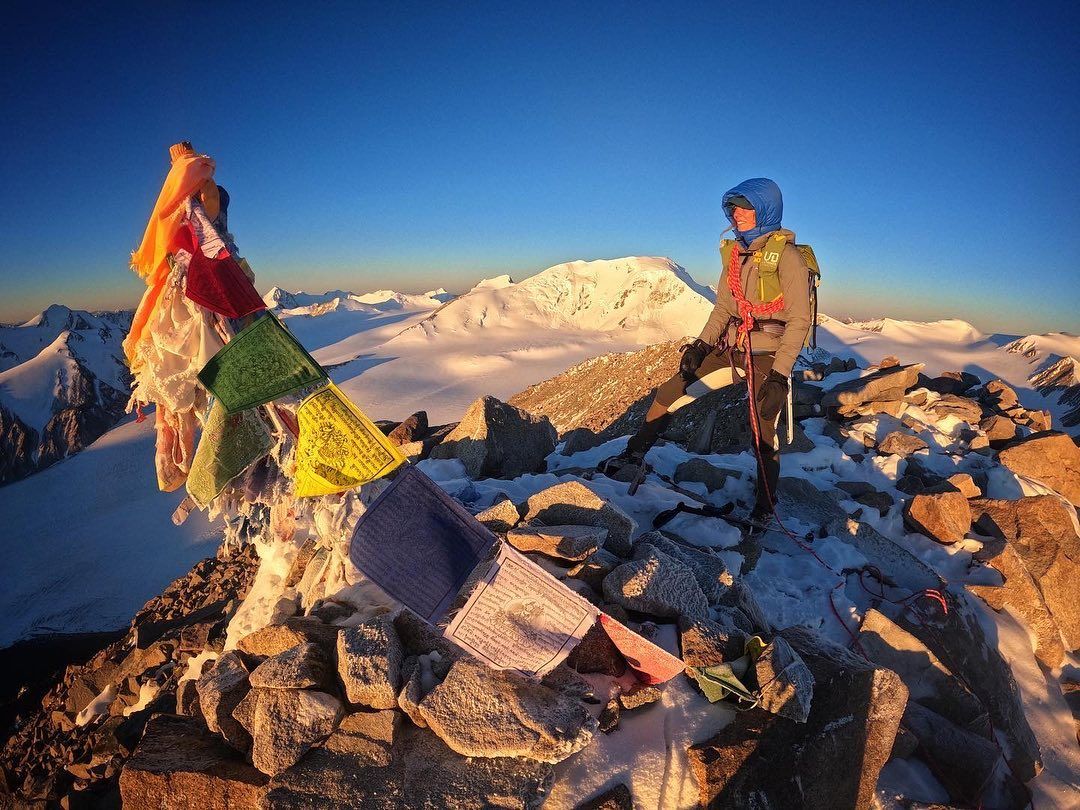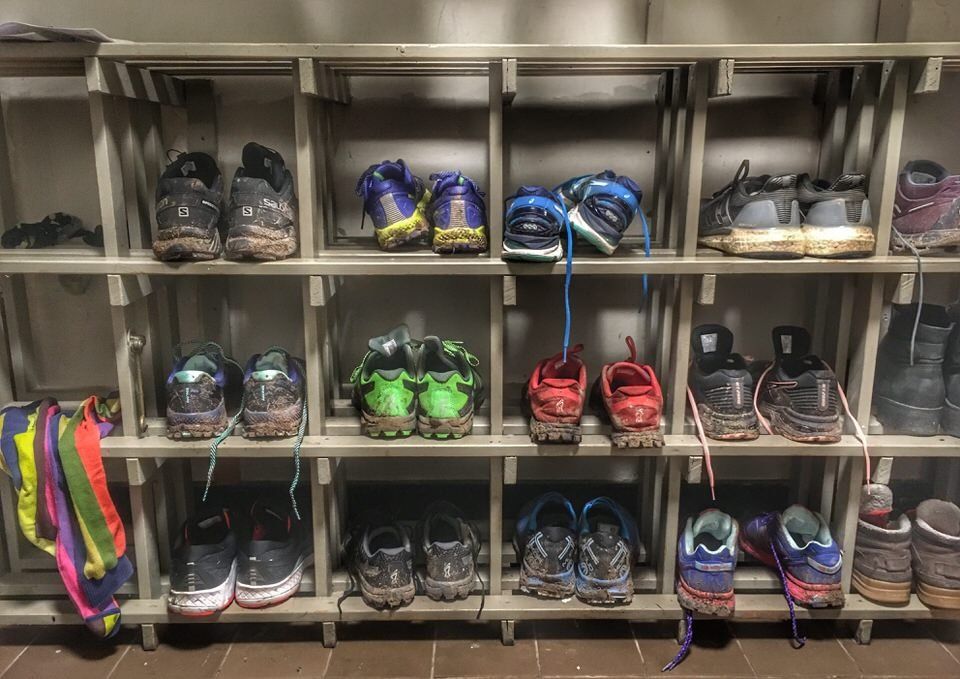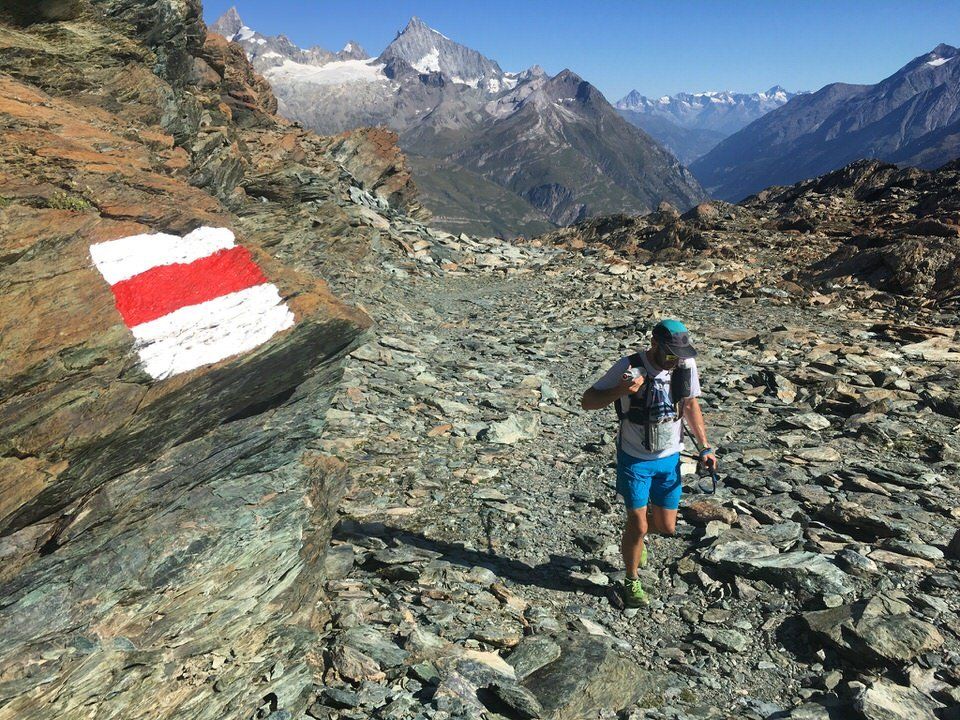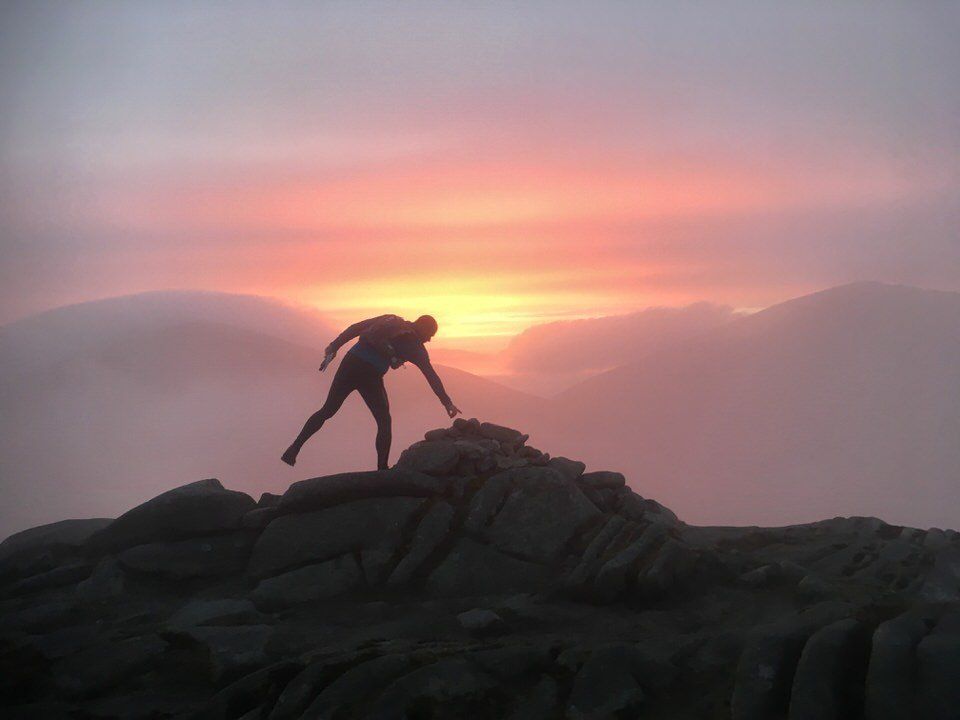Skyrunning 101 - The basics to get you started
Take your running to the next level and experience spectacular scenery, ridges and mountain landscapes that few runners ever encounter with this guide to the dark art of skyrunning.
For me skyrunning encompasses trail running in the mountains but includes using your hands and feet to scramble up ridges and ribs in breathtaking settings. Skyrunning does has its own international governing body that has defined the sport as “ running in the mountains above 2,000m where the climbing difficulty does not exceed grade II and the incline is over 30% ”. Lets face it though we don’t have mountains over 2,000 metres in the UK but you can still enjoy Skyrunnnig in the truest sense and the number of races each year is testament to this.
Skyrunning has sections of serious terrain and like all mountain activities carries a risk. You only need to go back to the Tromso Race in 2017 where an American athlete (Hilliary Allen) fell and tumbled over 150ft nearly killing herself that makes you realise the dangers are all too present. You should put the time and effort in to ensure you have built up your mountain skills and knowledge before you start but the rewards you get travelling through skyrunning terrain in the mountains is enormous.
If this hasn’t scared you off then where do you start?
Navigation
First things first being able to navigate
in the mountains is the most important skill you will need to learn. In this digital world we live in there are handheld and watch GPS systems and a number of apps on your phone including OS and Viewranger. These are great tools to have in your toolbar but shouldn’t be relied on. Being able to use a map and compass is essential to safely navigate complex terrain especially in poor visibility which has a nasty habit of coming in quickly in the mountains.
Don’t let this put you off though as once you have learnt the basics, navigation is 25% map reading, 25% compass work and 50% confidence in the other two. A good place to stat is at one of the many permanent orienteering courses around the country (https://www.britishorienteering.org.uk/pocs), orienteering clubs also do plenty of races and even training to help you with the basics of navigation. There are also a number of navigation courses out there (https://www.adventure-awaits.co.uk/trail-running-masterclass) that will give you the basics such as how to orientate a map, map features, interpreting contour lines and navigation strategies. Don’t expect to be a map reading Jedi after an orienteering or a weekend course though, good navigation skills take a lot of practice, experience and unfortunately there is no shortcut.
Movement on Rock (Scrambling)
When the terrain gets steep and there are a few rock steps to negotiate you will have to use your hands in addition to your feet and this is called Scrambling. The terrain can be exposed in places with long drops so a slip, fall or mistake can be serious so don’t underestimate the severity of scrambling.
If you have never done any climbing before then find someone who has such as an instructor or a friend. Learning from others who know what they are doing means you can concentrate on the movement on rock and not the route finding, which is a skill in its own right.
If you don’t know anyone then buy a scrambling guidebook and look for the easiest scrambles (Grade 1 on a scale that goes to Grade 3) and ensure that in the description says its “easily escapable”. In many circumstances this will translate to a steep path that runs to one side of the scramble so if you do get into trouble or the weather changes you are able to get to safety quickly. Also look for routes that are classics (many guides provide a star system to help with this) as these will be popular and have a degree of polish that can assist you with the route finding.
Make sure you take your time and don’t rush on the technical steep sections, its good practice to always have 3 points of contact, 2 feet and one hand or 2 hands and one foot at all times. Climbing up is easier than climbing down so make sure you don’t climb yourself into trouble, always think to yourself could I reverse this to escape, if the answer is no think twice about continuing.
There are a number of articles on scrambling on the BMC website and many such as “Top tips: How to go from walking to scrambling” are worth a read.
Essential Kit
Any journey in the mountains requires you to be self sufficient and capable of looking after yourself. No one piece of kit is more important than any other but think of the kit as the nuts and bolts that hold you together through the day. Don’t take one and you will still be able to function but if anything goes wrong that is unexpected then you might find yourself wishing you had a spare nut or two!
Water and food is essential to sustain yourself through the day by keeping your energy levels up. Experiment with food to find what works for you and stick to the mantra of "little, often", as a rule of thumb I try and eat every hour and drink every 30 minutes, I’ve even been known to set alarms on my watch during races to remind me.
Always carry a waterproof jacket and trousers that have taped seams. It's all too common to look at a forecast and decide not to take waterproofs but they do act as good wind-stopper and are easy to throw on when it gets cold high up. Many brands such as Innov8, Montane and OMM do lightweight specialist waterproofs for running but when you start out any waterproofs will do. Also carry hat and gloves, Buffs work well as multi functional clothing which is always good when you are trying to keep things light and the weight is minimal compared to the benefits of having them.
Your feet are the main points of contact that are going to keep you on the mountain, running
trainers are therefore an obvious necessity. There are so many brands and so many styles that it can be a bit daunting but ensure they are good on all terrains and in all conditions (My preference is Inov8 Roclite 315 GTX
) . There is no better place to go than your local running shop where there are keen runners
that will happily provide you with advice and guidance on the right shoe for your needs.
Poles are a personal choice but for me I never leave for the mountains without them. They reduce the stress on your muscles and joints while spreading the load more evenly across your body. They also aid your balance and provide extra stability on uneven trails (which is particularly noticeable when you are tired).
In addition you should be carrying items for an emergency such as a rescue blanket, a mobile in a waterproof bag, a bit of money or a card incase you find yourself tired and on the wrong side of the mountain and a small first aid kit. In mine I generally have some tape, some blister plasters and a bandage so I can fix a sprained ankle but the extent to the size of the first aid kit depends on the terrain and remoteness of the run you have planned.
Your also going to need a light rucksack or vest with a capacity of 5-10l to hold everything in, its worth having side pockets so you can reach items such as water and snacks without having to stop and must have a chest and waist strap to keep it close to your body while running.
Get Outside
There is only so much you can read about getting started and so the time will come where there is nothing better than getting your running kit on and getting out. Training locally will give you the required fitness in the mountains but even with the best hill rep sessions you will find it difficult to match the height gan you will get in the mountains. It is still very worthwhile to put those hill sessions in but remember you are more likely to be walking the ups when they are long and so there is no better training than getting into the mountains.North Wales , the Lake District Northern Ireland and Scotland have masses of great skyruns with magnificent ridges and views.
If you would like to give skyrunning a go why not check out skyrunning weekends ( https://www.adventure-awaits.co.uk/skyrunning-weekend ) that plan and guide you on some of the finest ridges and trails, sorts out your accommodation and even has food included.
Dean Russell is an active trail runner , climber and mountaineer with over 16 years experience. He is a qualified Mountain Leader and has the British Athletics Fell Leadership in Running Fitness (FLiRF) award. Dean has competed in numerous trail races over the years and finished the Ultra Trail du Mont Blanc in 2017 and the Dennis Rankin round, Tour de Monte Rosa and the Abraham Tea Cup Round in 2019.
